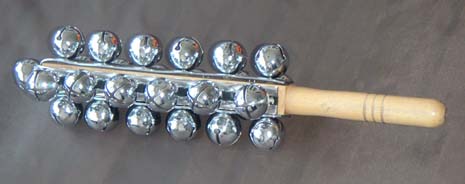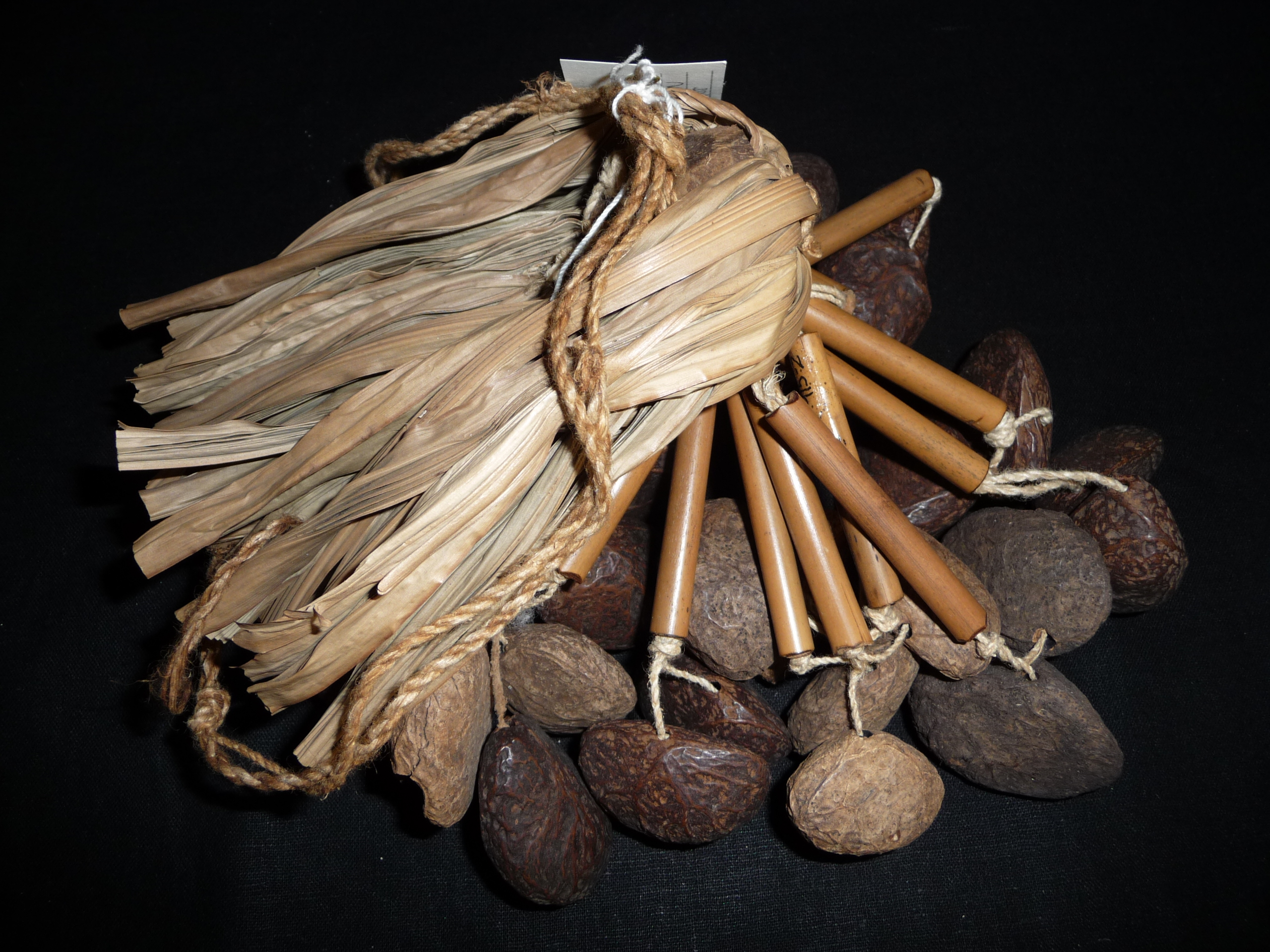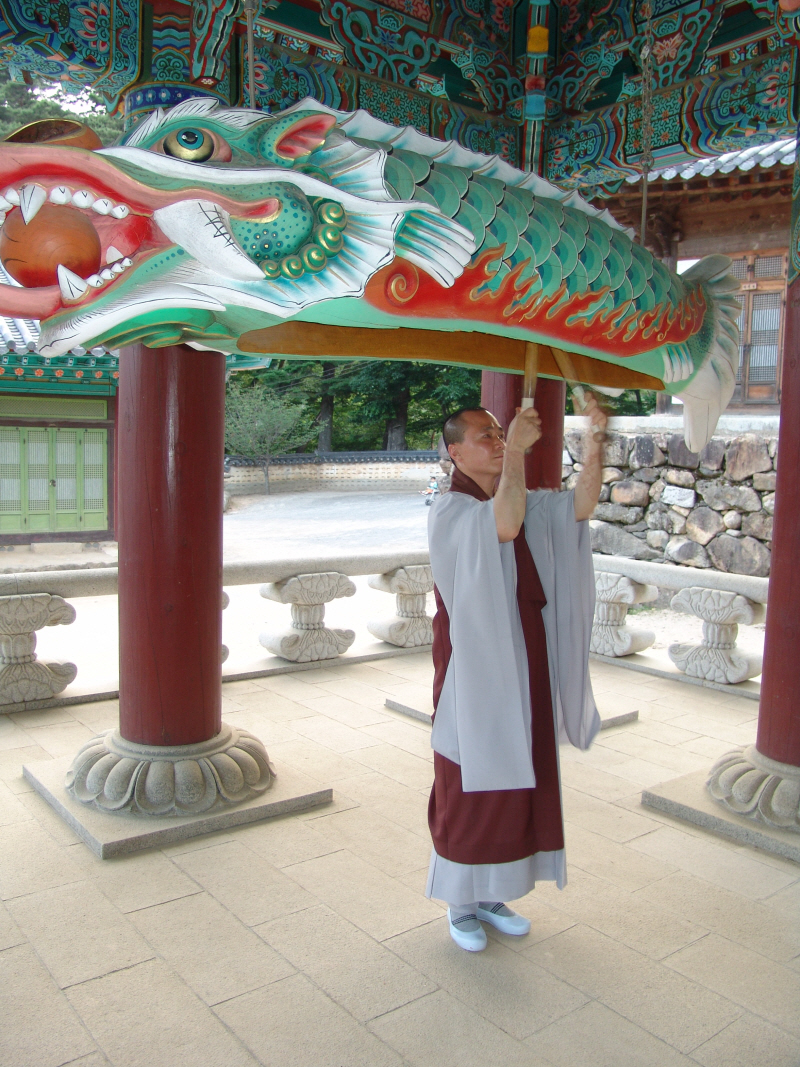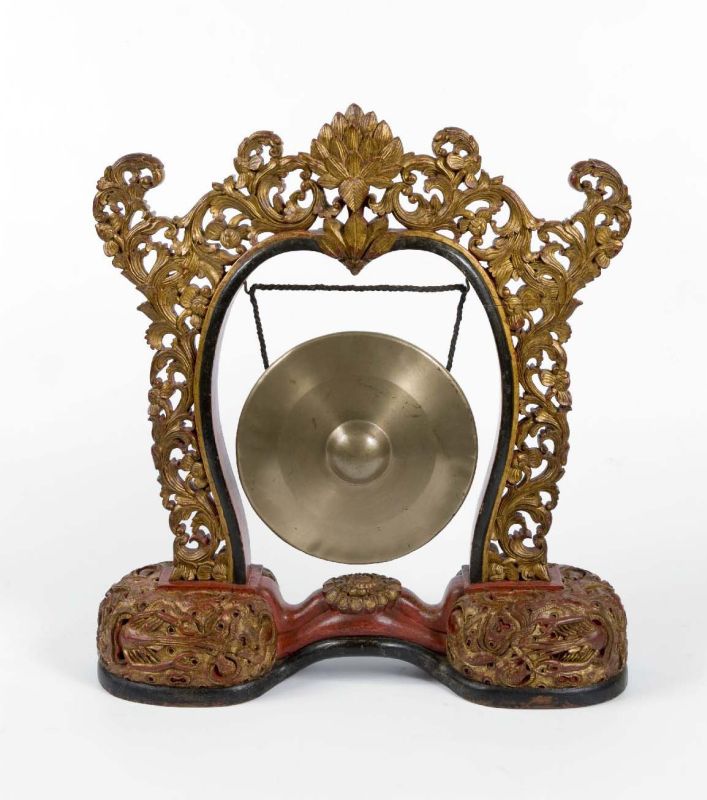|
Hyperprism (Varèse)
''Hyperprism'' is a work for wind, brass, and percussion instruments by Edgard Varèse, composed in 1922 and revised in 1923. Background The work was first performed at an International Composers' Guild concert during their second series at the Klaw Theatre on March 4, 1923. The audience laughed throughout the performance and hissed during the ovation."Taxi Toots Sound Sweet After Music By Composers Guild: Many Hisses Greet Conclusion of 'Hyperprism'; Dissenters Told to Leave and Piece Is Played Over Again", New York Tribune, March 5, 1923. Someone, perhaps Carlos Salzedo, got on the stage and urged the audience to take the work seriously. It was repeated to no better effect on the crowd. There was one report of a fistfight between two men who were exiting the hall. :"It remained for Edgard Varese (to whom all honor) to shatter the calm of a Sabbath night, to cause peaceful lovers of music to scream out their agony, to arouse angry emotions and tempt men to retire to the back ... [...More Info...] [...Related Items...] OR: [Wikipedia] [Google] [Baidu] |
Edgard Varèse In 1915 (retouched)
Edgard may refer to the following: *Edgard, Louisiana *Edgard Félix Pierre Jacobs, Belgian comic book creator and writer *Edgard Lévy, French Jewish Resistance fighter *Edgard Varèse, French composer See also *Eadgar (other) *Edgar (other) *Edgardo Edgardo is an Italian-language form of the name Edgar. It may refer to: * Edgardo Abdala (born 1978), Chilean-Palestinian football midfielder * Edgardo Adinolfi (born 1974), Uruguayan football player *Edgardo Alfonzo (born 1973), former Major Leag ... {{disambig, given name French masculine given names Masculine given names ... [...More Info...] [...Related Items...] OR: [Wikipedia] [Google] [Baidu] |
Snare Drum
The snare drum (or side drum) is a percussion instrument that produces a sharp staccato sound when the head is struck with a drum stick, due to the use of a series of stiff wires held under tension against the lower skin. Snare drums are often used in Orchestra, orchestras, Concert band, concert bands, Marching band, marching bands, Parade, parades, drumlines, drum corps, and more. It is one of the central pieces in a drum set, a collection of percussion instruments designed to be played by a seated drummer and used in many genres of music. Because basic rhythms are very easy to learn to play on a snare drum even for children, the instrument is also suitable for the music education for young children and a rhythm band. Snare drums are usually played with drum sticks, but other beaters such as the Brush (percussion), brush or the Rute (music), rute can be used to achieve different tones. The snare drum is a versatile and expressive percussion instrument due to its sensitivity and ... [...More Info...] [...Related Items...] OR: [Wikipedia] [Google] [Baidu] |
Siren (alarm)
A siren is a noise-making warning device. There are two general types: mechanical sirens and electronic sirens. Civil defense sirens are mounted in fixed locations and used to warn of natural disasters or attacks. Sirens are used on emergency service vehicles such as ambulances, police cars, and fire engines. Many fire sirens (used for summoning volunteer firefighters) serve double duty as tornado or civil defense sirens, alerting an entire community of impending danger. Most fire sirens are either mounted on the roof of a fire station or on a pole next to the fire station. Fire sirens can also be mounted on or near government buildings, on tall structures such as water towers, as well as in systems where several sirens are distributed around a town for better sound coverage. Most fire sirens are single tone and mechanically driven by electric motors with a rotor attached to the shaft. Some newer sirens are Electronics, electronically driven speakers. Fire sirens are often cal ... [...More Info...] [...Related Items...] OR: [Wikipedia] [Google] [Baidu] |
Sleigh Bell
A jingle bell or sleigh bell is a type of bell which produces a distinctive 'jingle' sound, especially in large numbers. They find use in many areas as a percussion instrument, including the classic sleigh bell sound and morris dancing. They are typically used as a cheaper alternative to small 'classic' bells. The simplest jingle bells are produced from a single piece of sheet metal bent into a roughly spherical shape to contain a small ball bearing or short piece of metal rod. This method of production results in the classic two- or four-leaved shape. Two halves may also be crimped together, resulting in a ridge around the middle. A glass marble may also be used as the ringer on larger bells. History Bells of this type were developed centuries ago from the European crotal bell for fastening to harnesses used with horses or teams of horses. Typically they were used for horse-drawn vehicles, such as carriages and sleighs. The bell was designed to make a jingly sound w ... [...More Info...] [...Related Items...] OR: [Wikipedia] [Google] [Baidu] |
Rattle (percussion Instrument)
A rattle is a type of percussion instrument which produces a sound when shaken. Rattles are described in the Hornbostel–Sachs system as ''Shaken Idiophones or Rattles (112.1)''. According to Sachs, Rattles include: * Maracas, widely used in Cha Cha Cha and jazz. ** Chac-chac, as known in Trinidad, Dominica and the French Antilles. * The egg-shaped plastic chicken shake, filled with steel shot and available in varying tones depending on the size and quantity of shot. * Folk instruments especially used in ceremonial dance. * Toy rattles for infants. Though there are many different sorts of rattles, some music scores indicate simply a rattle (or the corresponding terms French ''claquette'', ''hochet''; Ger. ''Rassel'', ''Schnarre''; It. ''nacchere''). Examples * Chankana * Ganzá * Hosho * Maracas * Maracitos * Katsa * Chajchas * Rainstick * Kashaka * Sistra History In Ancient Egypt, rattles were used during funerary rituals to signify regeneration in the a ... [...More Info...] [...Related Items...] OR: [Wikipedia] [Google] [Baidu] |
Lion's Roar (instrument)
The lion's roar is a membranophone instrument that has a drum head and a cord or horsehair passing through it. It gets its name from the sound it produces, which closely resembles a lion's roar. The home-made lion's roar is a drum that sits on the floor. The cord then makes friction with the drum head as it is moved back and forth. Classification According to the Gary D. Cook classification system of musical instruments, it is a chordophone In musical instrument classification, string instruments, or chordophones, are musical instruments that produce sound from vibrating strings when a performer strums, plucks, strikes or sounds the strings in varying manners. Musicians play some ... because it produces sound through the vibration of strings. It can also be classified as a friction drum. Form The lion's roar consists of a cylindrical or bucket-shaped vessel with one end open and the other closed with a membrane. A length of cord or gut is fastened through a hole in the cen ... [...More Info...] [...Related Items...] OR: [Wikipedia] [Google] [Baidu] |
Chinese Block
A wooden fish, also known as a Chinese temple block, wooden bell, or ''muyu'', is a type of Woodblock (instrument), woodblock that originated from China that is used as a percussion instrument by monks and lay people in the Mahayana tradition of Buddhism. They are used in Buddhist ceremonies in China, Korea, Japan, Vietnam and other Asian countries. They may be referred to as a Chinese block, Korean block or, rarely, as a skull. Wooden fish often used in rituals usually involving the recitation of sutras, mantras, or other Buddhist texts. In Chan Buddhism, the wooden fish serve to maintain rhythm during chanting. In Pure Land Buddhism, they are used when chanting the name of Amitabha. Wooden fish come in many sizes and shapes, ranging from , for laity use or sole daily practice, or to for usage in temples. Wooden fish are often (in Chinese temples) placed on the left of the altar, alongside a Rin gong, bell bowl, its metal percussion counterpart. Wooden fish often rest on a sma ... [...More Info...] [...Related Items...] OR: [Wikipedia] [Google] [Baidu] |
Clapper (musical Instrument)
A clapper is a basic form of percussion instrument. It consists of two long solid pieces that are struck together producing sound. They exist in many forms in many different cultures around the world. Clappers can take a number of forms and be made of a wide variety of material. Wood is most common, but metal and ivory have also been used. The plastic thundersticks that have recently come to be popular at sporting events can be considered a form of inflated plastic clapper. Several specific forms of clapper have their own names, such as the Chinese '' guban'', Japanese '' hyoshigi'', or the Korean '' bak''. In the classical music of Thailand, a similar instrument is called '' krap''. In India cooking tongs or ''cimṭā'' are often used to provide rhythm while singing religious hymns in many areas (sometimes tongs made specifically for the purpose are also equipped with bells). In Vietnam, the coin clapper called '' sinh tiền'' is widely used. In medieval French music, clapp ... [...More Info...] [...Related Items...] OR: [Wikipedia] [Google] [Baidu] |
Anvil
An anvil is a metalworking tool consisting of a large block of metal (usually Forging, forged or Steel casting, cast steel), with a flattened top surface, upon which another object is struck (or "worked"). Anvils are massive because the higher their inertia, the more efficiently they cause the energy of striking tools to be transferred to the work piece. In most cases the anvil is used as a forge, forging tool. Before the advent of modern welding technology, it was the primary tool of metal workers. The great majority of modern anvils are made of cast steel that has been heat treated by either Case-hardening, flame or Induction_hardening, electric induction. Inexpensive anvils have been made of cast iron and low-quality steel, but are considered unsuitable for serious use, as they deform and lack rebound when struck. The largest single piece tool steel anvil that is heat treated is 1600 pounds. This anvil was made in 2023 by Oak Lawn Blacksmith. There are larger anvils tha ... [...More Info...] [...Related Items...] OR: [Wikipedia] [Google] [Baidu] |
Triangle (musical Instrument)
The triangle, or musical triangle, is a musical instrument in the percussion family, classified as an idiophone in the Hornbostel-Sachs classification system. Triangles are made from a variety of metals including aluminum, beryllium copper, brass, bronze, iron, and steel. The metal is bent into a triangular shape with one open end. The instrument is usually held by a loop of some form of thread or wire at the top curve to enable the triangle to vibrate, and it is struck with a metal rod called a "beater". The triangle theoretically has indefinite pitch, and produces a plurality of overtones when struck with an appropriate beater. History Iconography is the primary source for knowledge of the history of the triangle, and provides insight into the musical and social context in which the instrument developed. Some scholars believe the triangle to be a direct descendant of the ancient Egyptian sistrum. Others do not go quite so far, referring to the triangle as being " ... [...More Info...] [...Related Items...] OR: [Wikipedia] [Google] [Baidu] |
Tam-tam
A gongFrom Indonesian and ; ; zh, c=鑼, p=luó; ; ; ; ; is a percussion instrument originating from Southeast Asia, and used widely in Southeast Asian and East Asian musical traditions. Gongs are made of metal and are circular and flat or bowl-like in shape, and can come in various sizes. They are typically struck with a mallet. They can be played alone, giving a characteristic "crashing" sound, or played as part of a tuned set that produce bell-like sounds. The earliest possible depictions of gongs is from the details on the surface of the Ngọc Lũ I bronze drum () from the Dong Son culture of northern Vietnam. It depicts what looks like seven-gong ensembles along with other instruments (including cymbals/bells and the bronze drums themselves). The oldest undisputed historical mention of gongs can be found in sixth century AD Chinese records, which mentioned it as a foreign instrument that came from a country between Tibet and Burma. The term ''gong'' () origina ... [...More Info...] [...Related Items...] OR: [Wikipedia] [Google] [Baidu] |
Cymbal
A cymbal is a common percussion instrument. Often used in pairs, cymbals consist of thin, normally round plates of various alloys. The majority of cymbals are of indefinite pitch, although small disc-shaped cymbals based on ancient designs sound a definite note (such as crotales). Cymbals are used in many ensembles ranging from the orchestra, percussion ensembles, jazz bands, heavy metal bands, and marching groups. Drum kits usually incorporate at least a crash, ride, or crash/ride, and a pair of hi-hat cymbals. A player of cymbals is known as a cymbalist. Etymology and names The word cymbal is derived from the Latin , which is the latinisation , which in turn derives . In orchestral scores, cymbals may be indicated by the French ; German , , , or ; Italian or ; and Spanish . Many of these derive from the word for plates. History Cymbals have existed since ancient times. Representations of cymbals may be found in reliefs and paintings from Armenian Highlands (7t ... [...More Info...] [...Related Items...] OR: [Wikipedia] [Google] [Baidu] |








